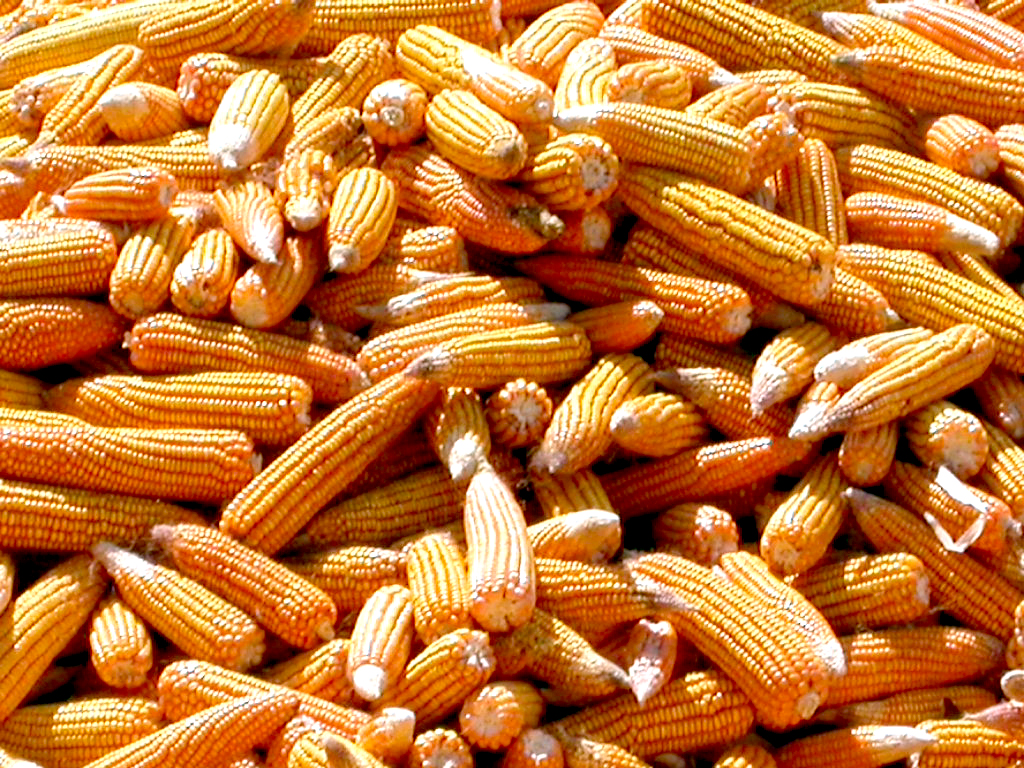Open-pollinated seeds have become increasingly popular among gardeners and homesteaders in recent years. These seeds are not only cost-effective but also offer a range of benefits that make them a worthwhile choice for anyone interested in sustainable gardening practices. In this article, we will explore what open-pollinated seeds are, their advantages, and how to incorporate them into your garden.
Open-pollinated seeds refer to those that are pollinated naturally by wind, insects, or other natural means. Unlike hybrid seeds, which result from crossbreeding two different plant varieties, open-pollinated seeds come from plants that self-pollinate or cross-pollinate with others of the same variety.
One significant advantage of open-pollinated seeds is their genetic stability. The plants grown from these seeds will produce offspring that closely resemble the parent plant. This characteristic allows you to save the seeds year after year without worrying about variations in traits such as color, taste, or size.
Another benefit of open-pollinated seeds is their adaptability. Over time, these plants develop resilience to specific growing conditions and regional climates. By saving and replanting the best-performing open-pollinated seed varieties each season, you can create a local seed bank tailored to your specific environment. This practice not only promotes biodiversity but also ensures a more successful harvest year after year.
To start incorporating open-pollinated varieties into your garden, it is essential to source high-quality organic seed stock from reputable suppliers or fellow gardeners who specialize in heirloom varieties. These sources often provide detailed information about each variety’s growing requirements and characteristics.
When planning your garden layout with open-pollinated plants, consider companion planting techniques. Certain plant combinations can enhance growth and deter pests naturally while promoting overall plant health.
As the growing season progresses, pay attention to ideal harvesting times for each crop type as some require longer maturation periods than others. For example, tomatoes, peppers, and beans are popular open-pollinated crops that can be harvested when fully ripe for optimal flavor and seed viability.
When it’s time to save seeds from your open-pollinated plants, ensure proper isolation to prevent cross-pollination with other varieties. This can be achieved through distance or physical barriers like mesh bags or cages. Once the seeds have matured on the plant, allow them to dry thoroughly before storing in a cool, dark place in labeled envelopes or jars.
By incorporating open-pollinated seeds into your garden, you not only gain access to a diverse range of plant varieties but also contribute to preserving heirloom genetics. These sustainable gardening practices will not only enrich your harvests but also empower you as a self-reliant gardener who can save and share seeds for future generations.


Leave a comment